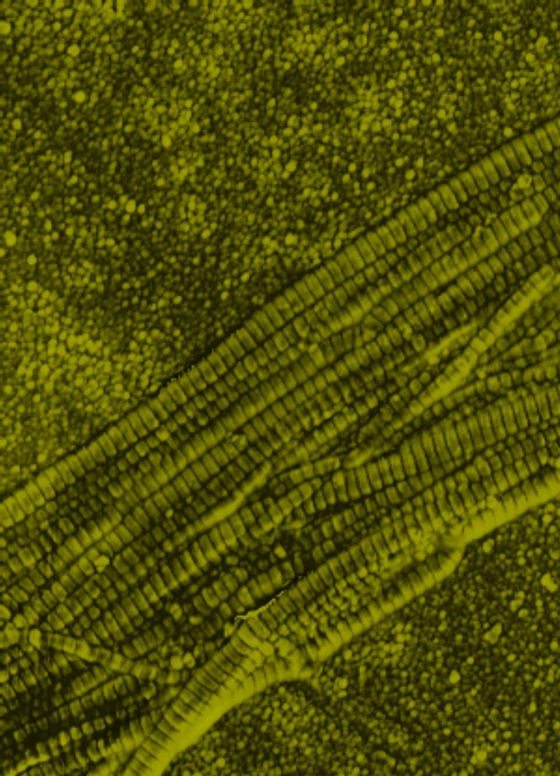Collagen is a protein made up of amino-acids, which are in turn built of carbon, oxygen and hydrogen. Collagen contains specific amino acids – Glycine, Proline, Hydroxyproline and Arginine.
Collagen makes up approximately 30% of the proteins within the body. These are tough and strong structures found all over the body: in bones, tendons and ligaments.
Where is collagen found?
In nature, collagen is found exclusively in animals, especially in the flesh and connective tissues of mammals. Collagen is a part of the connective tissue that in the skin helps in firmness, suppleness and constant renewal of skin cells. Collagen is vital for skin elasticity.
Ligaments are another type of connective tissue that attach two bones and consequently hold the joints together. Tendons are similar but different type of tissue that attach the muscles to the bones. All of these tissues, the bones, ligaments, tendons and the skeletal muscles themselves, are made up of proteins. One of the most predominant proteins is called collagen.
Collagen is the main component of connective tissue, and is the most abundant protein in mammals, making up about 25% to 35% of the whole-body protein content.

An atomic-force-microscopy image of collagen fibrils in a collagen fiber. Image Credit: UChicago Argonne LLC
What does collagen do?
Collagen helps to give strength to various structures of the body and also protects structures like the skin by preventing absorption and spreading of pathogenic substances, environmental toxins, micro - organisms and cancerous cells. Collagen protein is the cement that holds everything together.
Collagen is also present in all the smooth muscle tissues, blood vessels digestive tract, heart, gallbladder, kidneys and bladder holding the cells and tissues together. Collagen is even the major component of the hair and nails.
Aging and collagen
With age, collagen production slows and the cells structures weaken. The skin gets thinner and is easier to damage, hair gets lifeless, skin sags and wrinkles, tendons and ligaments become less elastic, joints get stiff etc.
Structure of collagen
Collagen microscopically occurs in elongated fibrils. It is mostly found in fibrous tissues such as tendon, ligament and skin, and is also abundant in cornea, bone, blood vessels, cartilage, intervertebral disc and the digestive tract.
In muscle tissue, collagen serves as a major component of endomysium. 1 to 2% of the muscles are formed of collagen and around 6% of the total weight of muscles is formed of collagen. Gelatin used in food is collagen that has been irreversibly hydrolyzed.
Molecular structure of collagen
In the mid-1930’s collagen was first discovered to have a molecular structure. Nobel laureates Crick, Pauling, Rich and Yonath and others including Brodsky, Berman, and Ramachandran have been researching the structure of collagen and their possible functions.
After several speculations of individual peptide chain, the final model that has been developed is the "Madras" model which provided an essentially correct model of the molecule's quaternary structure although this model still required some refinement. It is a triple-helical structure.
Collagen is further packed into fibrillar collagen types with hexagional or quasi hexagonal shapes. The packing may be 'sheet-like' or microfibrillar. The microfibrillar structure of collagen fibrils in tendon, cornea and cartilage has been directly imaged by electron microscopy.
The microfibrillar structure of adult tendon was confirmed in 2006 by Fraser, Miller and Wess (amongst others). They found the D-periodic pentameric arrangement and termed it microfibril.
Further Reading
Last Updated: Jun 17, 2023